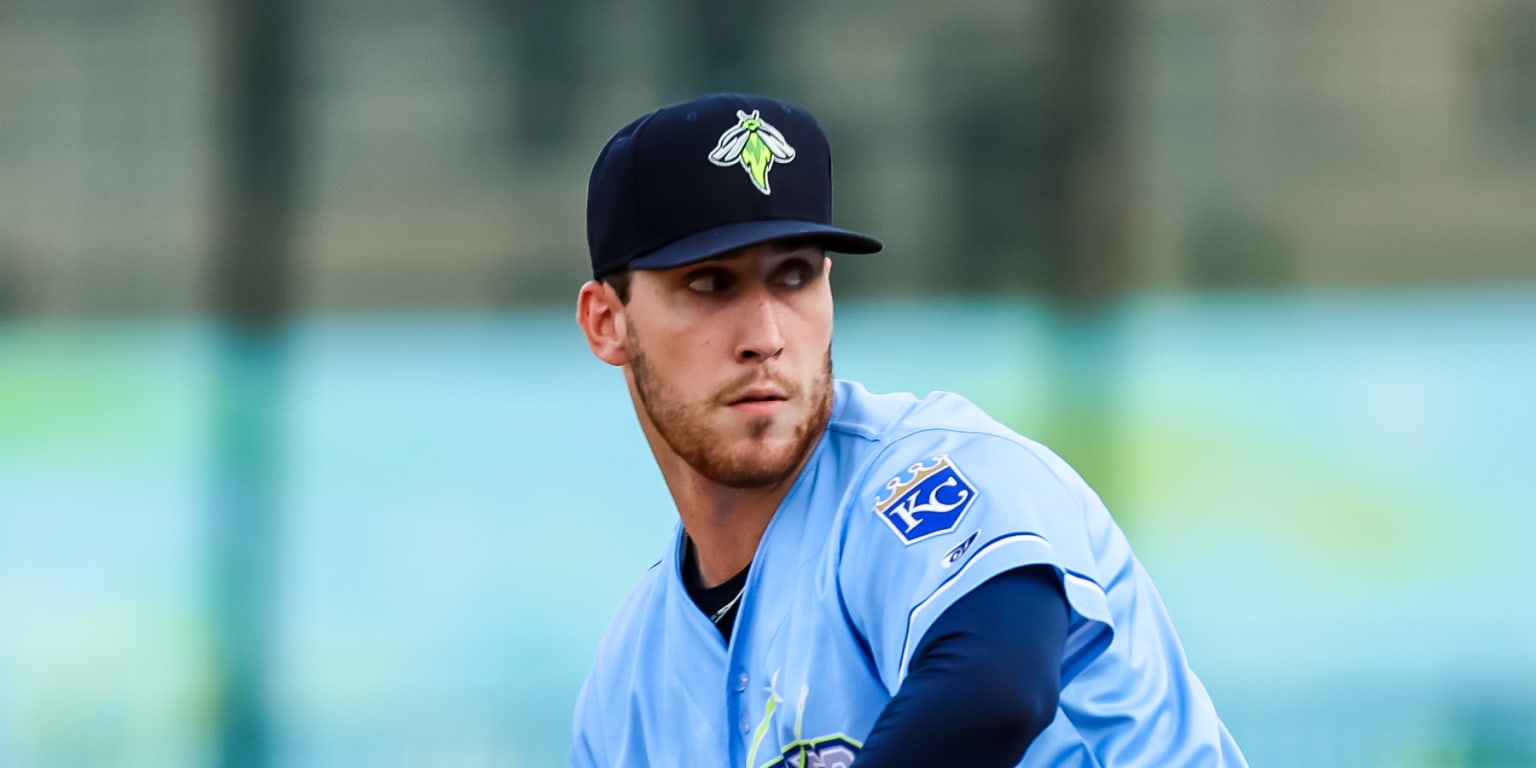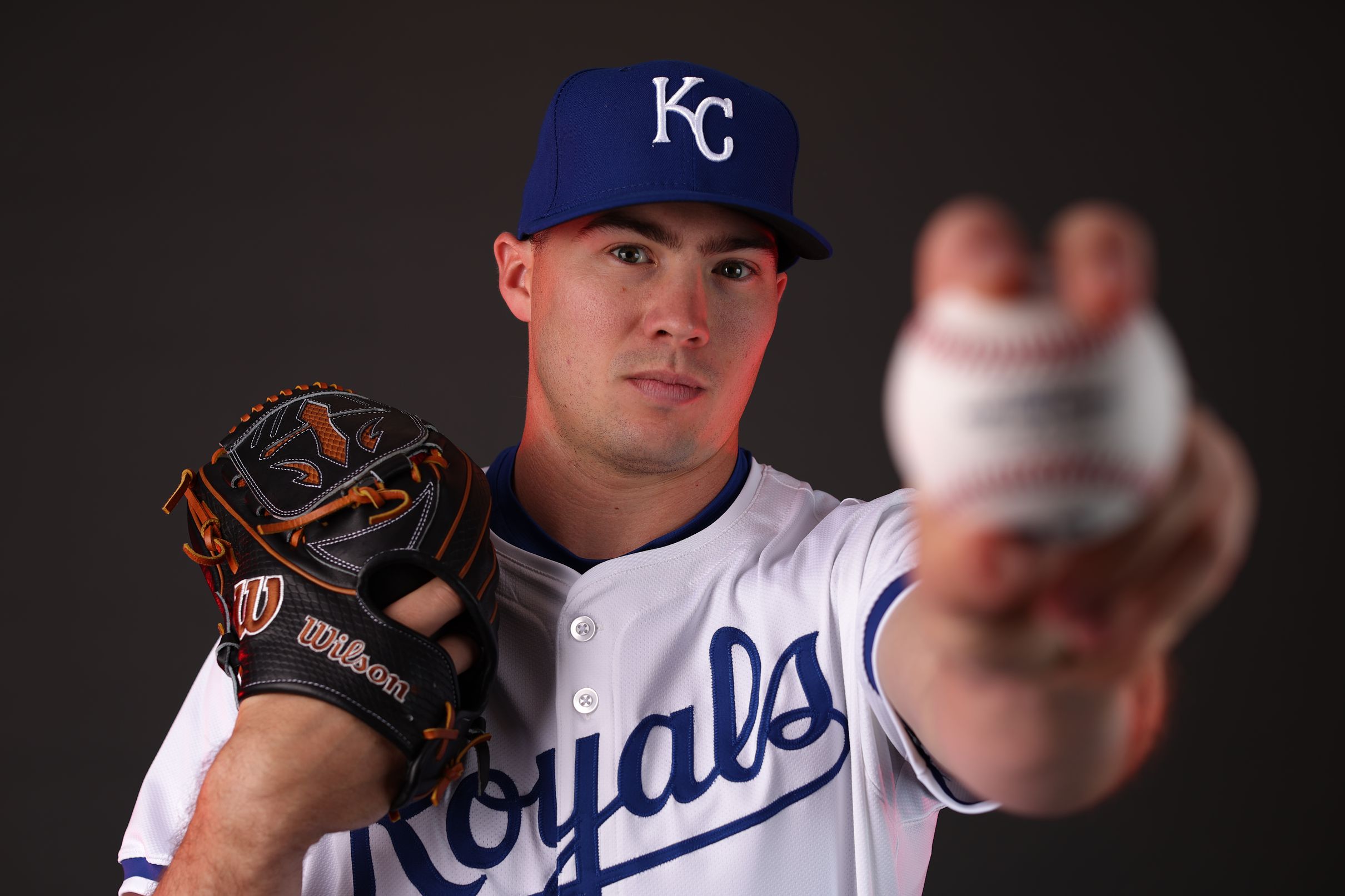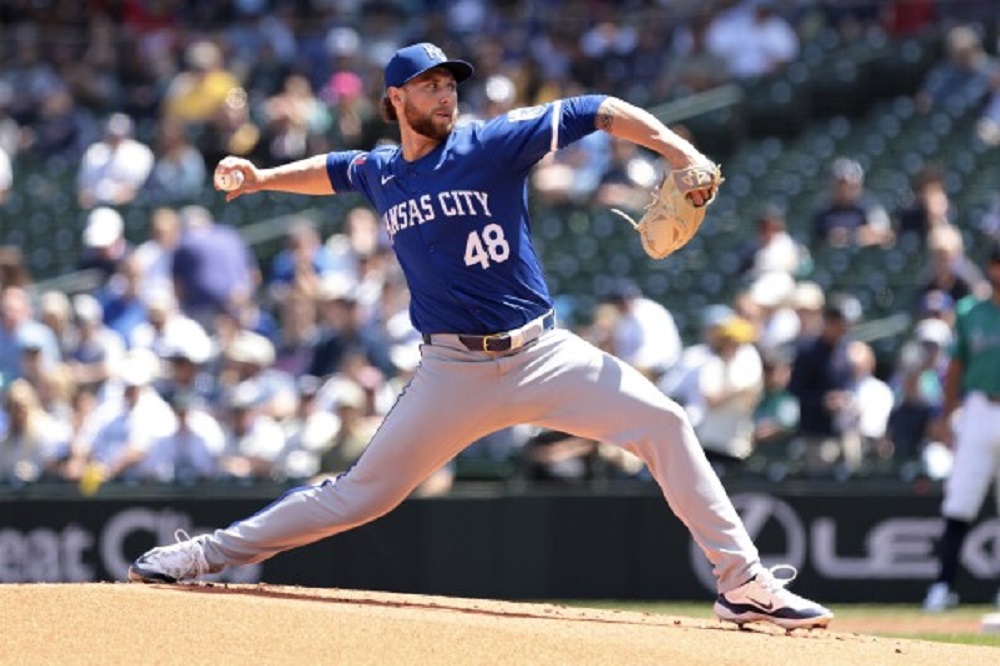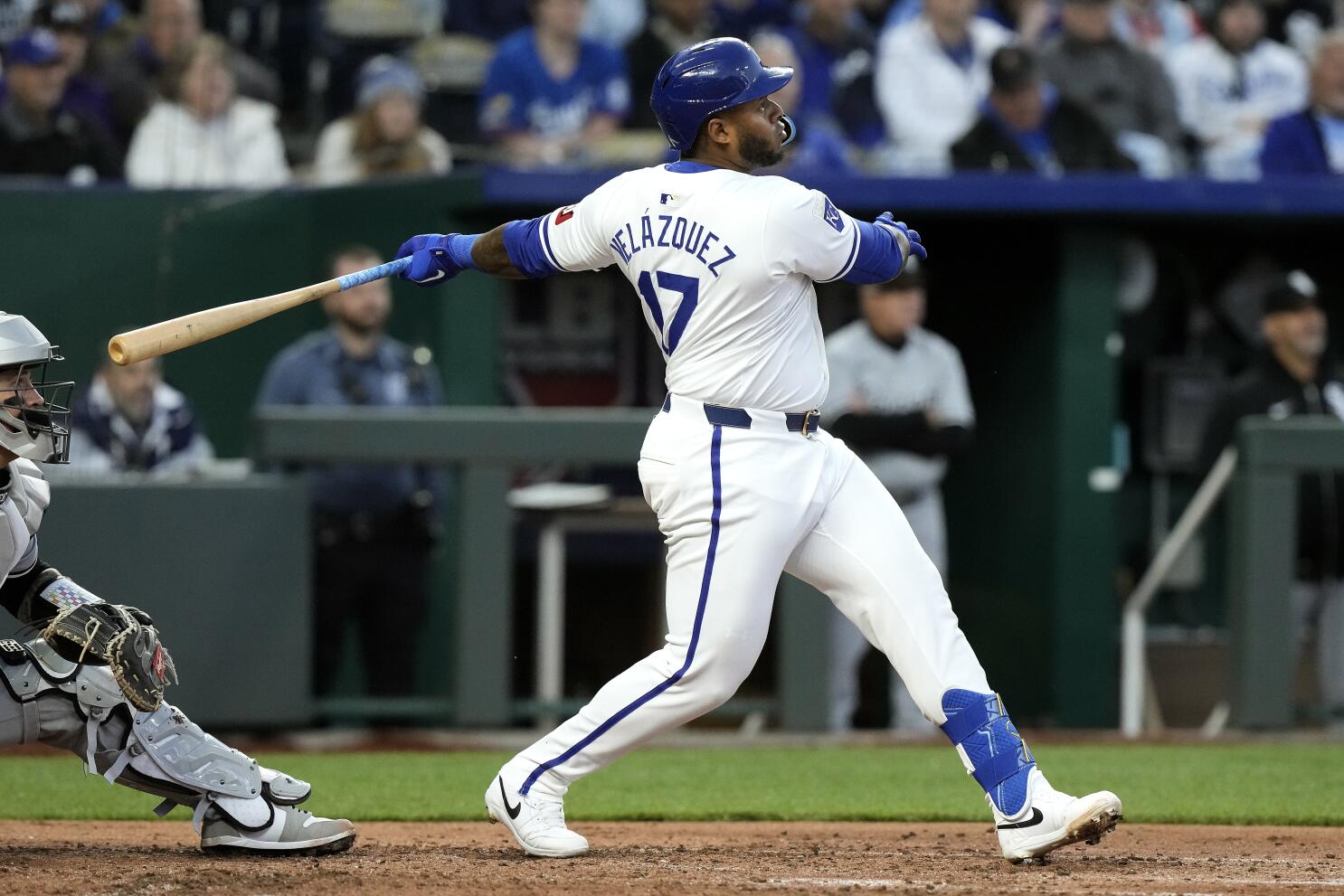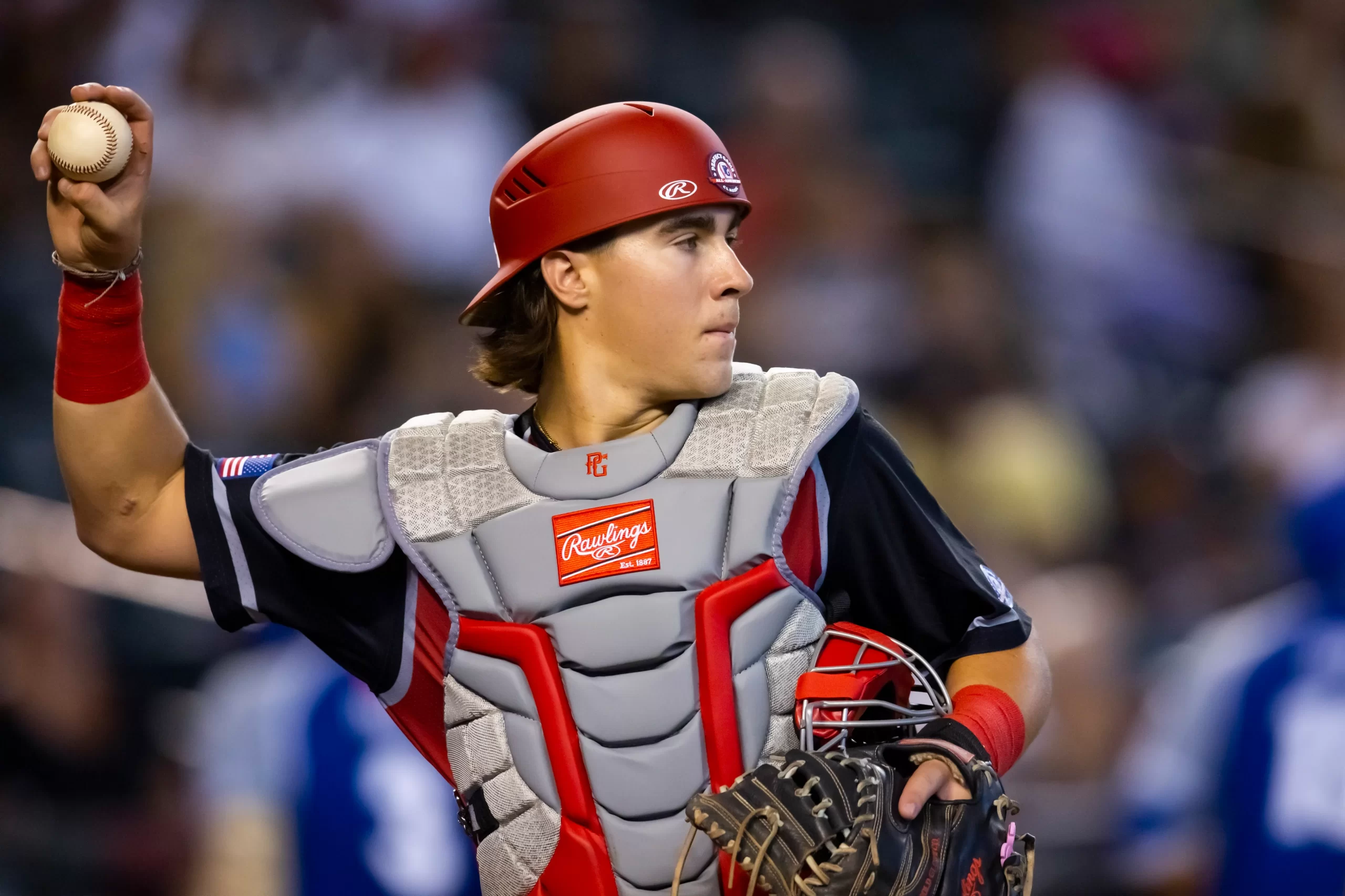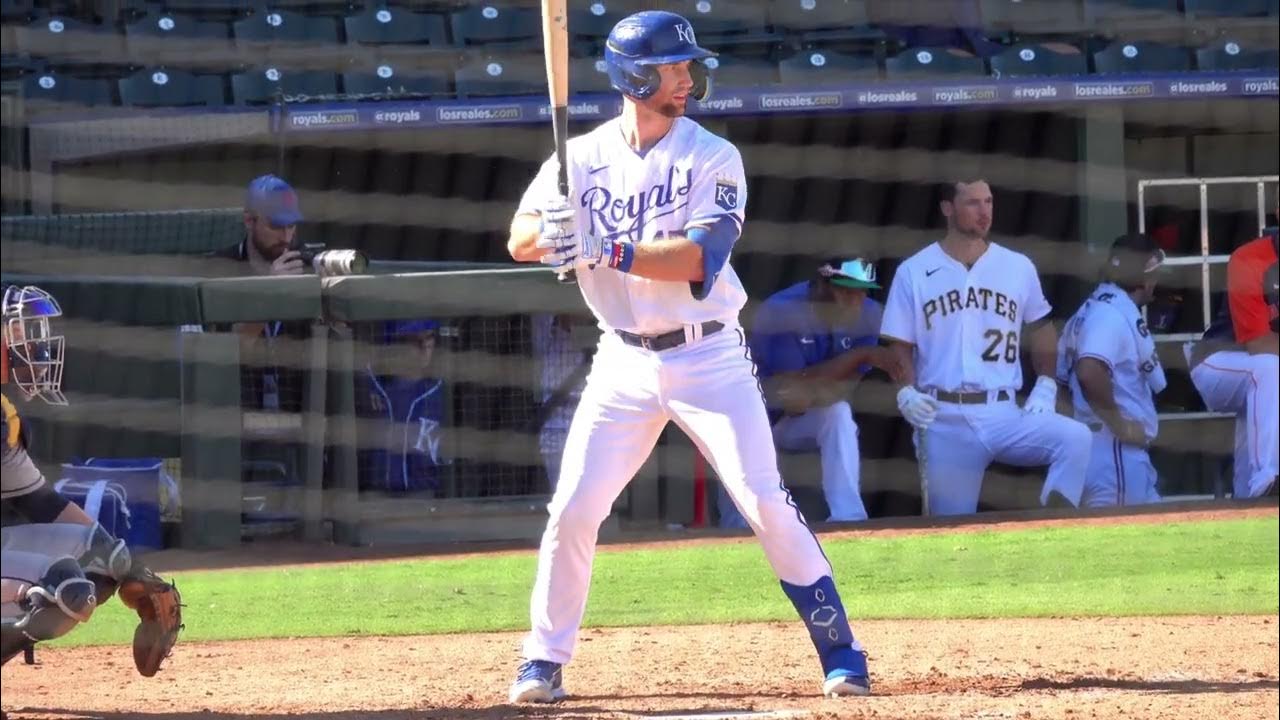On Saturday morning, the Kansas City Royals capped off a trade with the Boston Red Sox. The trade sent RHP David Sandlin to the Red Sox in return for RHP John Schreiber. Schreiber, who won’t reach free agency until 2027, turns 30 in March and finished 2023 with a 3.86 ERA. Over his big league career, Schreiber has pitched in 143.1 innings with 165 strikeouts, 53 walks, and a 3.58 ERA. His best season came back in 2022 when he was worth 1.8 fWAR with a 2.22 ERA.
On the flip side, Sandlin has been a fast-rising prospect in the Royals farm system. He’s touched triple-digits this winter and could’ve been even higher on most prospect rankings. Sandlin suffered a mid-season oblique injury that ended his season prematurely. My comp for Sandlin was Chris Paddack, although he doesn’t quite have the same strikeout stuff. Sandlin is a tough loss to swallow for the Royals farm system that has been searching for truly elite upside for a few years now. Regardless of how great Sandlin’s potential currently is, it’s difficult to entirely feel one way or the other about this trade.
Sure, the Royals gave up a controllable pitching prospect* for a 30-year-old reliever. It’s easy to see why that fundamental premise around the trade isn’t a good process. At the same time, Sandlin will enter 2024 as a 23-year-old college arm. He’s pitched in eight innings north of Low-A. It isn’t Sandlin’s fault that the injury cut his year short, but there’s no denying that this is a true sell-high attempt by the Kansas City front office. Both of these things can be true, but some of the reactions to the trade simply don’t add up with the criticism the team has faced for the last year.
*TINSTAAPP
Mixed reactions around the latest Royals trade look a tad hypocritical
We’ve all heard for the past year (or more) that the Kansas City farm system is terrible. It’s one of the worst in all of baseball and the team stinks at drafting and developing talent. Now, I’ve said for quite some time that the farm system is deep but lacks a reliable ceiling. The system only has one current top-100 prospect, but there were so many weird injuries last season to some key prospects. The team could realistically have more by the 2024 mid-season updates.
That’s what I’ve said. Many of the reactions to that take have been more or less, “So what.” A deep system full of good #9-30 guys isn’t going to build a winner, some would say. Then, on Saturday, a vast majority of reactions seem to indicate that the Royals have given up far too much for a reliever and they should’ve kept Sandlin. This is going to seem like a knock on Sandlin the prospect, but it certainly isn’t. I was one of the first to tell you about David early last season. I continue to believe that he could become a mid-rotation starter if it all continues to come together.
No, it’s not a knock on Sandlin in the least, but we’re talking about the fifth, sixth, 19th — depends where you look — best prospect in the farm system that so many would have you believe is “the worst in baseball.” Trading away any prospects from the farm system for notable talent should be seen as some sort of success. The Royals have faced industry bias for some time in the farm system rankings. They simply haven’t always gone with the grain. Honestly, they also haven’t done a very good job at developing talent consistently. Regardless of what bias there may be, the farm system isn’t even average, and trading away one of the better prospects in one of the worst systems still isn’t premium value.
Kevin O’Brien got to me first on this one, and said it about as well as I can. If the Royals’ prospects were all so poorly received over the last however many months, then why doesn’t that carry over into the reactions now? Or, on the other hand, why didn’t the prospect rankings reflect all of this over the last many months when the system was being dragged through the mud?
Is Kansas City bad, or are you just replaying old tapes?
The final point I’ll make, and one that I think is actually more relevant than the one above is this: who’s to say that “KC isn’t good?” The industry bias around the Royals has become distasteful at best. The organization had one of the best offseasons of any big league team, small market or otherwise. They extended Bobby Witt Jr. on the largest contract in franchise history and surrounded their young roster with veterans in the outfield, starting rotation, and bullpen. It’s not hyperbole in the least to say that the Royals’ offseason has been one of the best in the league. They’ve positioned themselves to compete in the American League Central just a few months removed from losing their 106th game of 2023.
Beyond Witt and the veteran additions, the team is stocked full of post-hype top-100 prospects that never quite panned out. Daniel Lynch was the 29th-ranked prospect in baseball back in 2021. He’s struggled immensely since, but in his first season removed from the shackles of Cal Eldred, he saw some promising improvements. He’s still just 27 years old with time to get back on track. Lynch isn’t the only one either. MJ Melendez was the 51st overall prospect in baseball before the 2022 season and he looked the part over last season’s second half. Brady Singer was baseball’s 54th overall prospect before 2019 and added a new fastball this winter. Kris Bubic never quite got the love he deserved from Pipeline’s Top 100, but he led the entire minor league in strikeouts back in 2019 and looked to finally have taken a step forward last season.
I get it, I’m grasping at some straws here trying to make you believe in failed prospects. Who’s to say they are “failed” prospects? These players are young with upside remaining, and only a single season under the development of the Kansas City coaching staff. Brian Sweeney and Paul Gibson did impressive work last season with Cole Ragans, James McArthur, and Kris Bubic. Signs of life were there with Daniel Lynch as well. If even just one of Singer, Lynch, or Bubic can settle in as a league-average starter, the starting rotation could be top-15 in baseball. If two of them do, the ceiling is even higher.
The Royals’ farm system may not have more than one top-100 prospect, but the 26-man roster has a handful. Kansas City ranked 17th last March in a power ranking of 26-and-under players. Since then, they’ve seen improvements from Kyle Isbel and MJ Melendez while adding Cole Ragans and Nelson Velázquez. They’ve only gotten better. All of this is just a long way to say that the “Kansas City isn’t good” mantra is a bunch of distasteful old tapes. The team will get a chance to prove themselves when the season gets underway, but the latest move for a proven big league reliever only lengthens their depth and improves their roster yet again. Kansas City refuses to believe that they can’t compete. General Manager J.J. Picollo used the phrase “Why not us?” around the time of the 2023 year-end press conference. Since then, the offseason has followed that same theme, and sooner rather than later the product on the field will follow it as well.

